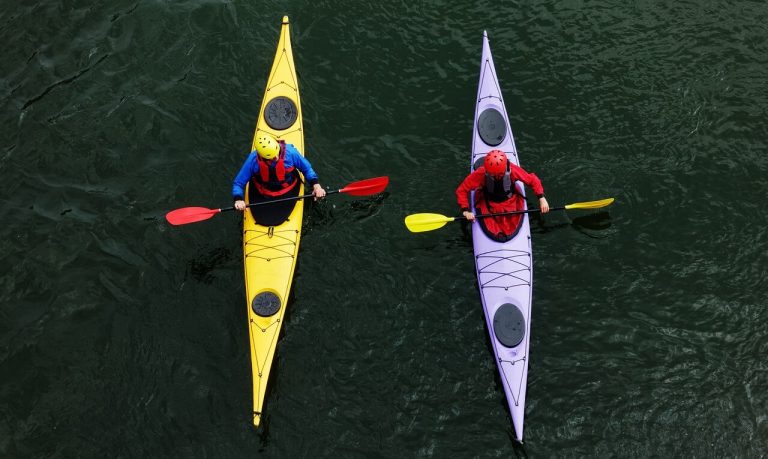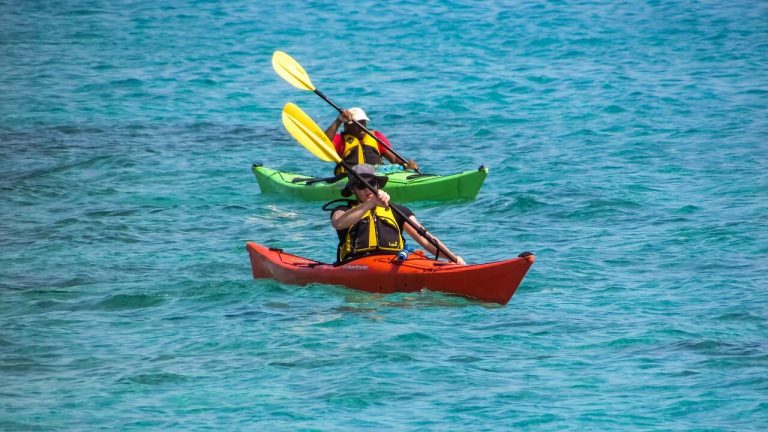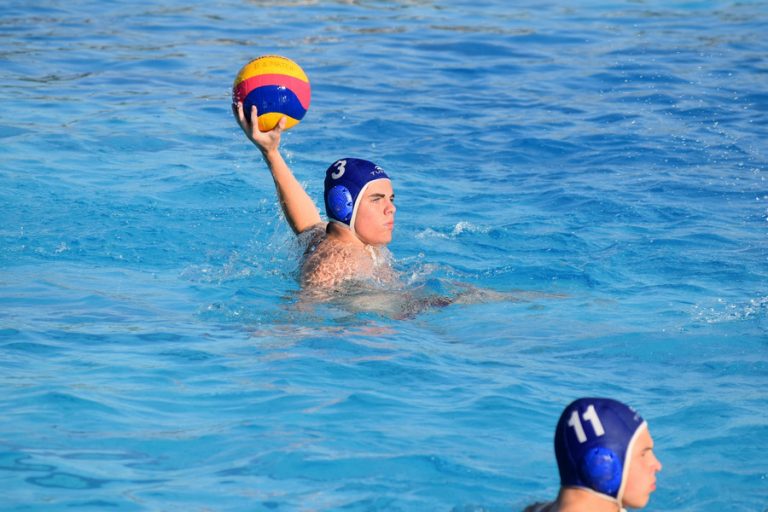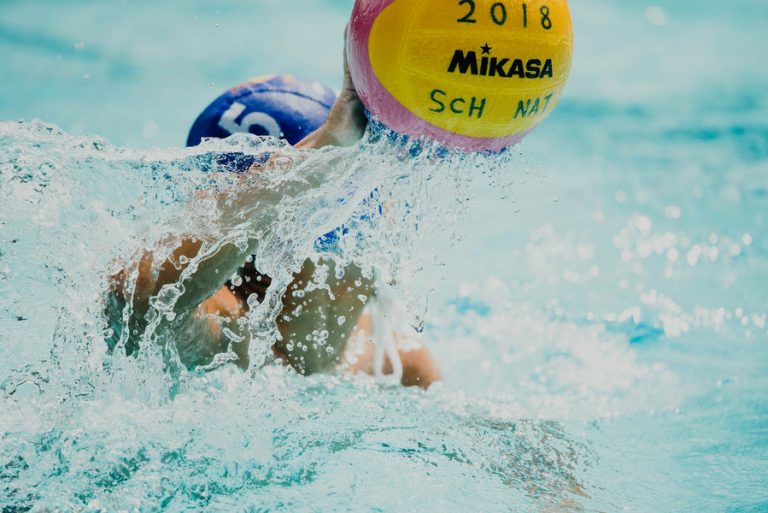Mastering the Crest: A Comprehensive Guide to the Basics of Surfing
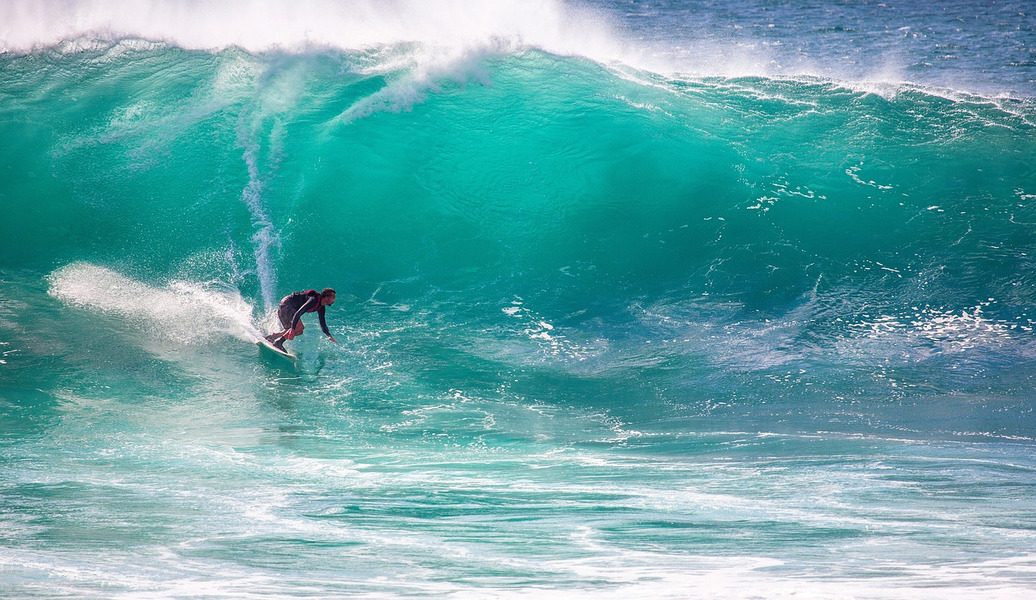
Surfing, an iconic water sport, has always intrigued and fascinated enthusiasts around the globe. Not only does it challenge physical boundaries, but it also offers a deep connection with the ocean’s rhythm. This comprehensive guide is designed to provide you with a strong foundation in the basics of surfing. We’ll cover everything from choosing your surfing equipment to understanding ocean conditions, and even how to ride your first wave.
Choosing the Right Surfing Equipment
Before we plunge into the sea, it’s essential to understand the equipment that shapes the surfing experience. Two major elements constitute this: the surfboard and the wetsuit.
Surfboards
When starting out, your choice of surfboard can significantly impact your learning curve. It’s crucial to consider factors like size, shape, and materials.
- Longboards: These are the most beginner-friendly due to their large size, typically 8-14 feet, and stability. They allow for easier paddling and catching waves.
- Shortboards: More agile and lightweight, shortboards are typically 5-7 feet long. They are suitable for experienced surfers who wish to perform quick maneuvers.
- Funboards: A mid-way option, funboards range from 6-8 feet, combining the stability of longboards with the agility of shortboards.
Wetsuits
The wetsuit’s purpose is to keep you warm in cold water, allowing you to surf longer. The thickness and style of your wetsuit will depend on the water temperature where you surf.
|
Water Temperature (°F) |
Wetsuit Thickness (mm) |
Wetsuit Type |
|---|---|---|
|
Above 65 |
0.5 – 2 |
Springsuit |
|
58 – 68 |
2 – 3 |
Full suit |
|
52 – 58 |
3 – 4 |
Full suit + Boots |
|
Below 52 |
4 – 5.5+ |
Full suit + Boots + Gloves + Hood |
2. Understanding the Ocean and Weather Conditions
Surfing is as much about understanding the ocean and weather conditions as it is about balance and agility. Here, we’ll explore the basics of wave anatomy, surf etiquette, and safety.
Wave Anatomy
Fundamentally, there are three types of waves you need to know:
- Spilling Waves: These are the most common type of waves for beginners, where the wave breaks gently and spills down gradually, creating a white foam or “white water”.
- Dumping Waves: These are powerful and break quickly, making them more suited to experienced surfers.
- Surging Waves: These waves don’t break but surge upward, making them unpredictable and not ideal for surfing.
Surf Etiquette
Surf etiquette ensures everyone’s safety and enjoyment in the water. Here are some of its core principles:
- Right of Way: The surfer closest to the peak of the wave has the right of way.
- Don’t Drop In: Avoid taking a wave that someone is already riding.
- Don’t Snake: Do not continuously paddle around other surfers to get closer to the peak.
Safety Measures
Surfing, like any other sport, has inherent risks. Here are some safety measures to keep in mind:
- Always warm up: Stretching and warming up before you paddle out can help prevent injuries.
- Learn to fall: It’s important to learn how to fall off your board safely to avoid hitting it or the seabed.
- Use a surf leash: This attaches to your ankle and keeps your board close if you fall off.
Learning to Surf: Catching Your First Wave
With a solid understanding of the equipment and ocean conditions, you’re now ready to tackle the waves. Here, we’ll outline the fundamental steps to help you catch your first wave.
Paddling
Paddling is key to moving your surfboard in the water. Remember to:
- Lie flat on your stomach, aligning your body along the stringer – the line down the middle of your board.
- Keep your feet slightly raised to maintain balance.
- Use a crawl stroke to paddle with one hand at a time without lifting your arms too high out of the water.
Pop-up
The pop-up is how you transition from lying on your board to standing up. Here’s a step-by-step guide:
- Start in the paddling position.
- Push your chest up with your hands while swinging your feet underneath you.
- Place your feet where your knees were, with your front foot facing forward.
- Stand up, look forward, and maintain a low center of gravity by bending your knees.
Riding the Wave
Once you’re standing on the board, you’re surfing! Here’s what you should do:
- Keep your gaze forward and feet shoulder-width apart.
- Use your back foot to steer and front foot to stabilize and balance.
- Bend your knees to absorb any bumps as the wave carries you toward the shore.
Conclusion
Surfing is an invigorating sport that combines physical skills with an understanding of the natural environment. It’s a journey that begins with the right equipment, evolves through understanding and respecting the ocean, and culminates in the thrill of catching your first wave. Like any journey, the first steps may be challenging, but with perseverance, the rewards are unparalleled. Embrace the process, and you’ll be mastering the waves in no time!
